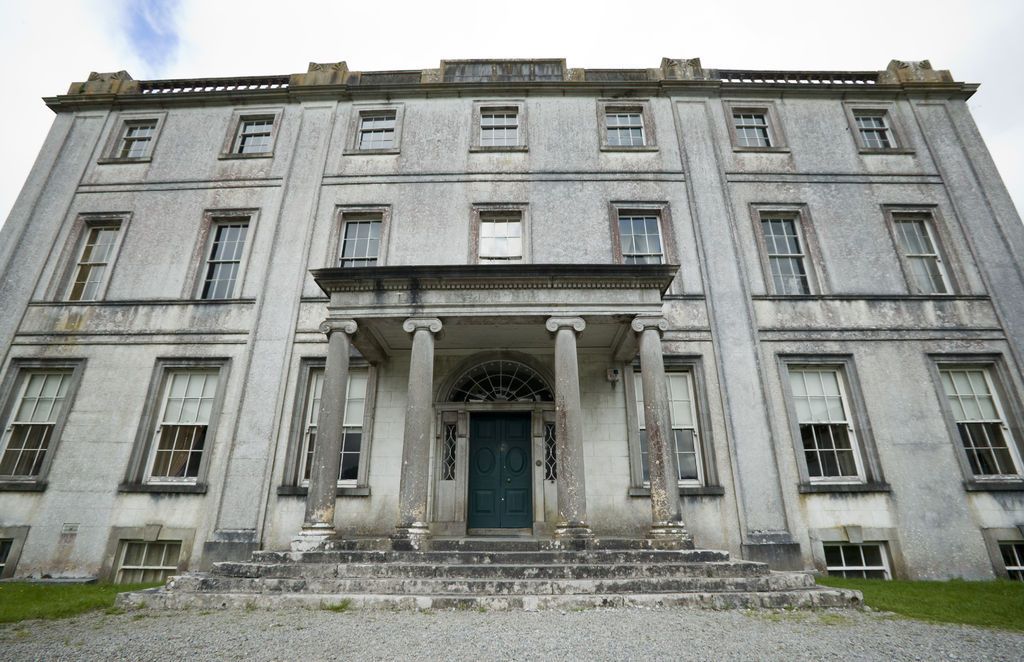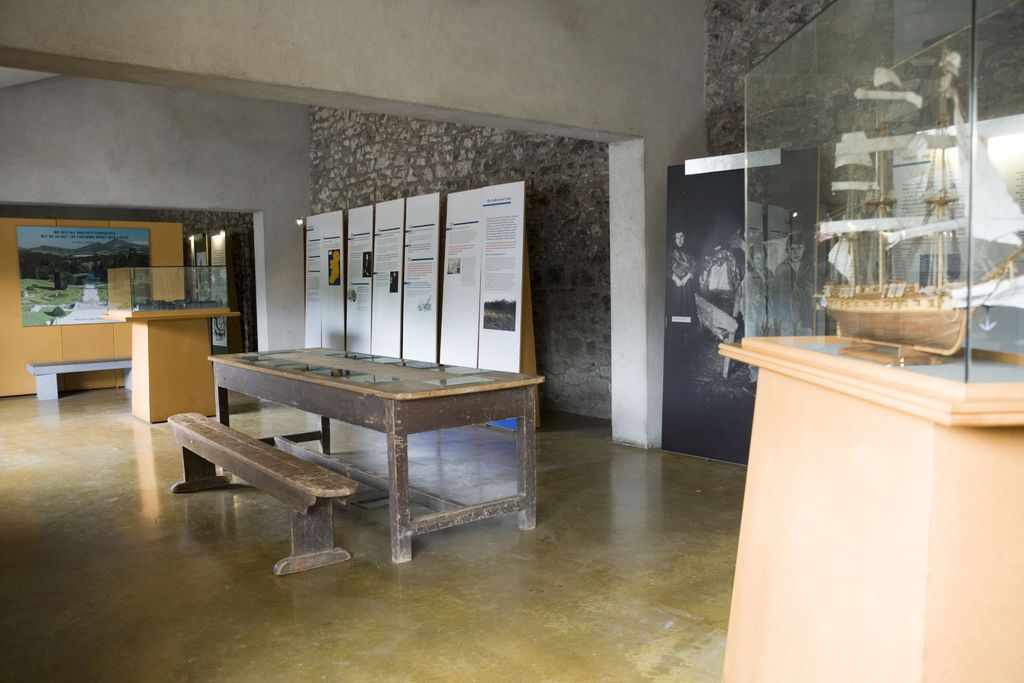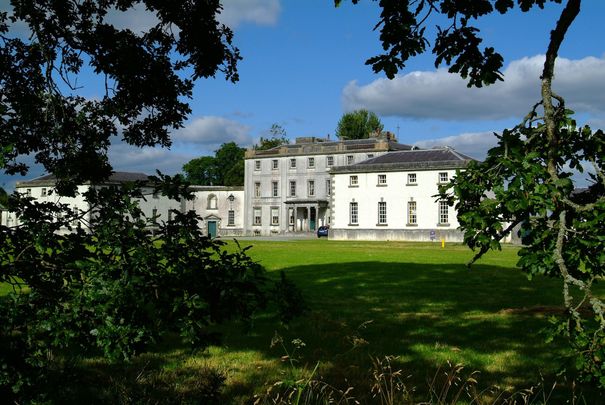The existing famine museum at Strokestown Park will be transformed into the new state-of-the-art National Famine Museum which will tell the complete story of the Great Famine for the first time.

Strokestown Park House, County Roscommon.
The new National Famine Museum will use cutting-edge technology including projections and soundscapes to immerse visitors in the culture and day-to-day life of Ireland in the years before, during and after the Great Famine.
The museum will bring visitors on a journey through the Great Irish Famine across 11 distinct zones; from experiencing how the ascendancy rose in Ireland from 1620 onwards, when Catholics owned two-thirds of the land, to the early 1800s when the majority of the land was owned by landlords.
Read more: Irish Famine studies in the US should be mandatory, like the Holocaust
While journeying through the museum, visitors will find out what a Victorian party at the ‘Big House’ was like before moving into the contrasting ‘Cottier Life’ zone, where life for a rural laborer is depicted in the pre-famine years, followed by sections dedicated to the Great Hunger, eviction and migration.
Artifacts and documents from Strokestown’s extensive archive – which is home to the largest collection of material relating to the Great Famine – will be showcased throughout the new museum including the Cloonahee Petition.
A new visitor center and café will also be developed at Strokestown Park.

The current museum at the Strokestown Park House, County Roscommon.
Ireland's Minister of State for Tourism and Sport Brendan Griffin said “For the first time, Ireland will have a museum dedicated to telling the local, regional and national story of the Great Famine and the immense and devastating impact it had on Ireland. This is not only an important museum for Irish citizens, it will also stand out to overseas visitors looking to immerse themselves in one of the most significant periods of our country’s history.
Fáilte Ireland’s Director of Product Development, Orla Carroll, said the redeveloped museum “is expected to bring 50,000 more visitors and €13.2million in additional revenue to the region over the next five years”.
Welcoming the investment, Anne O’Donoghue, CEO of Irish Heritage Trust, said: “The National Famine Museum, Strokestown Park House and the truly remarkable Strokestown Famine Archive tell many compelling stories of the Great Irish Famine and offer enormous potential for Ireland’s Hidden Heartlands."
Do you have familial links to the Great Irish Famine? Will you be visiting the new museum in Roscommon? Let us know in the comments section below.
Read more: This is the oldest known photo of an Irish famine survivor
For more information visit www.




Comments